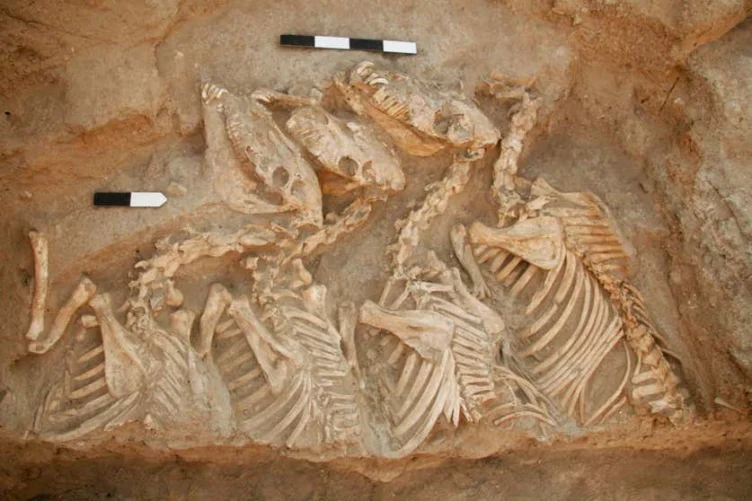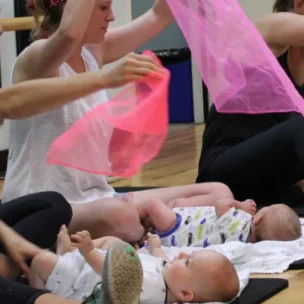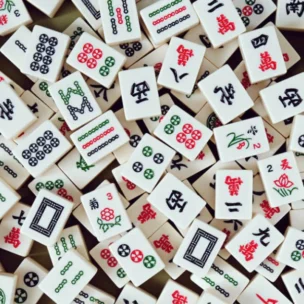Ancestors, Animals, and Alphabets in the “Royal” Tombs at Umm el-Marra
- October 21 at 7:45 – 9:00 pm

Glenn Schwartz – Johns Hopkins
Kathe Schwartzberg Memorial Lecture
Excavations at Tell Umm el-Marra in northern Syria revealed a large Early Bronze Age elite mortuary complex.
A remarkable discovery from one of the tombs consists of clay cylinders with symbols that can be understood as examples of early writing. A case can be made that these are alphabetic Semitic characters; if this interpretation is correct, they would be the oldest examples of alphabetic writing thus far known.
Tombs with human remains and objects of gold, silver, and lapis lazuli were accompanied by the burials of high-prestige equids.
Unique in the archaeology of third-millennium BC Syria, the Umm el-Marra necropolis allows for the detailed reconstruction of elite funerary practices and illuminates the importance of ancestor veneration, social memory, and animal agency in the development of Syria’s first urban civilization.
$10 cash or check at the door.


